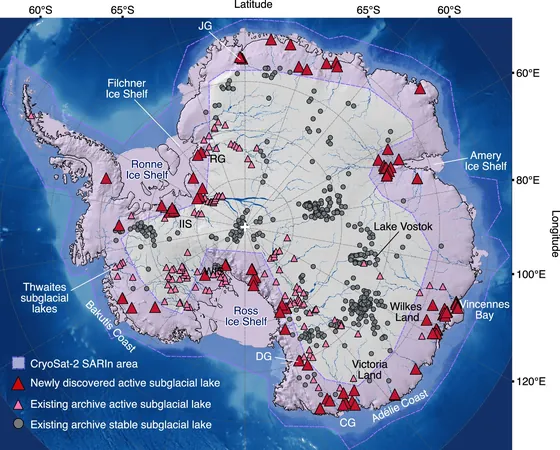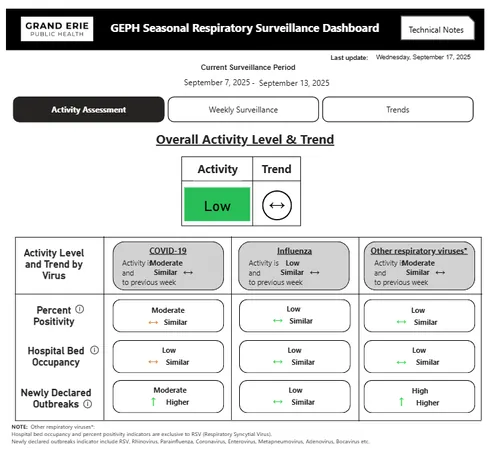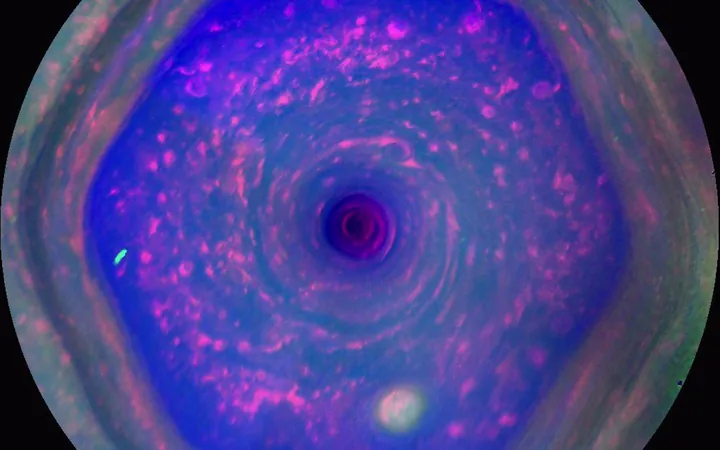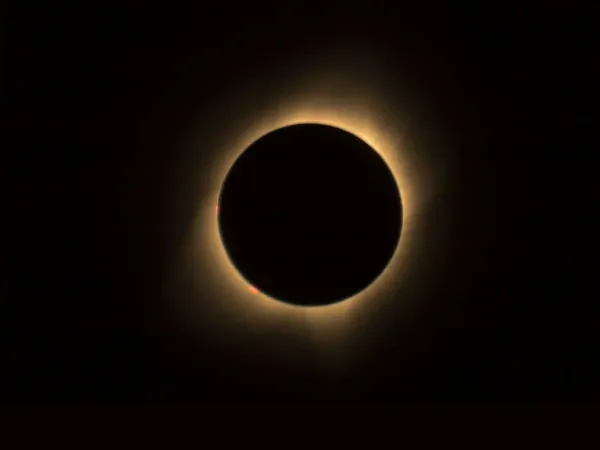
Discovering Antarctica's Hidden Lakes: 85 New Subglacial Marvels Unveiled
2025-09-19
Author: Emma
Beneath Antarctica’s colossal ice layers lies a secret world of water: hundreds of subglacial lakes that play a vital role in the continent's glacial movements and, consequently, global sea level changes. Recent breakthroughs have revealed the existence of 85 previously unknown lakes beneath the icy expanse.
Thanks to ten years of data gathered by the European Space Agency's CryoSat satellite, researchers have increased the tally of identified active subglacial lakes in Antarctica to an astonishing 231. This marks a significant leap in our understanding of the hidden dynamics at play beneath the ice.
Published in the prominent journal Nature Communications, this landmark study sheds light on these active lakes, which regularly fill and drain, providing unprecedented insights into the processes occurring beneath the ice. Among the discoveries are new drainage pathways, including five distinct networks of interconnected subglacial lakes.
Leading the charge in this groundbreaking research, Dr. Sally Wilson from the University of Leeds explained the challenges scientists face in understanding these hidden water systems, given that they are submerged beneath hundreds of meters of ice. "Observing the filling and draining of these lakes is an enormous challenge; it can take years. Before our research, only 36 complete cycles had been documented globally—now we’ve added another 12, bringing the total to 48,” she stated.
The Power of Satellites in Earth Science
The critical role of satellites in this research cannot be understated. The CryoSat mission, launched in 2010, has provided a decade-long dataset that monitors ice thickness and surface changes across polar regions. Its advanced radar technology can detect minute variations in ice height, allowing scientists to map the dynamics of subglacial lakes.
Co-author Anna Hogg, also from the University of Leeds, expressed excitement over the findings: "The changes in subglacial lake areas during various cycles highlight a previously underestimated level of dynamism in Antarctic hydrology. We'll need to keep a close eye on these lakes as they change over time."
Understanding the Impact of Subglacial Lakes on Sea Levels
Dr. Wilson emphasized the necessity of this research in grasping the structural dynamics of ice sheets and their influence on surrounding oceans. Current models for predicting sea level rise often overlook subglacial hydrology, making these new datasets crucial for enhancing our understanding of water flow beneath Antarctica.
Martin Wearing, ESA’s Polar Science Cluster Coordinator, remarked on the ongoing significance of CryoSat’s data, which improves our grasp of the complex interactions affecting the Antarctic Ice Sheet and potential sea level projections.
The Formation and Significance of Subglacial Lakes
Subglacial lakes are formed through meltwater generated by geothermal heat from Earth's crust and the friction of ice moving over rock. This meltwater pools on the bedrock and undergoes periodic draining, reducing friction and enabling faster ice movement toward the ocean.
Among these subglacial phenomena, Lake Vostok, the largest known subglacial lake, holds an astonishing volume of water—enough to fill the Grand Canyon multiple times. While it is considered stable, any significant drainage could disrupt the Antarctic Ice Sheet’s stability, influencing ocean currents, marine ecosystems, and global sea levels.
Implications for Future Climate Models
The patterns of filling and draining in subglacial lakes provide vital data for ice sheet and climate models. Monitoring these cycles allows scientists to better understand the interactions between the ice, bedrock, ocean, and atmosphere, which is essential for predicting future ice sheet stability.
Dr. Wilson concluded, "By mapping the activity of these lakes, we can start to quantify their impact on ice dynamics and ultimately refine our projections for sea level rise in the coming years."









 Brasil (PT)
Brasil (PT)
 Canada (EN)
Canada (EN)
 Chile (ES)
Chile (ES)
 Česko (CS)
Česko (CS)
 대한민국 (KO)
대한민국 (KO)
 España (ES)
España (ES)
 France (FR)
France (FR)
 Hong Kong (EN)
Hong Kong (EN)
 Italia (IT)
Italia (IT)
 日本 (JA)
日本 (JA)
 Magyarország (HU)
Magyarország (HU)
 Norge (NO)
Norge (NO)
 Polska (PL)
Polska (PL)
 Schweiz (DE)
Schweiz (DE)
 Singapore (EN)
Singapore (EN)
 Sverige (SV)
Sverige (SV)
 Suomi (FI)
Suomi (FI)
 Türkiye (TR)
Türkiye (TR)
 الإمارات العربية المتحدة (AR)
الإمارات العربية المتحدة (AR)